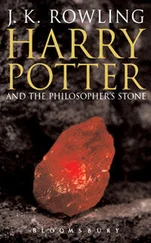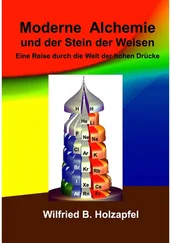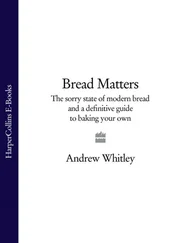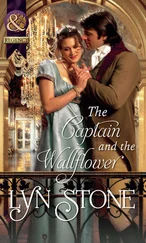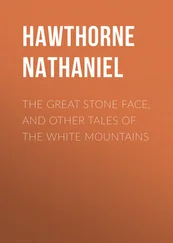“That old alchemist,” Marie mused to herself thinking of Newton in the light of her brief conversation with Helen the previous evening. “He was a pretty clever guy!”
She passed Professor Wood’s sculpture. The professor was not at work on his carving that afternoon, but he had made some progress on it. He had marked the surface with a spiral of ink that matched what Marie could recall of the model. The professor must have spent quite a bit of time getting the dimensions exactly correct. The conical surface added an extra measure of complexity to the geometry of the problem.
Marie’s exam had been confined to applications of Newton’s Laws in only two dimensions. She had been expected to compute the change in velocity of various things when forces were applied to them – all according to Newton’s Second Law of Motion. In one of the problems the sum of the forces turned out to be zero and the solution implied a state of static equilibrium. Marie smiled to herself as she continued on her way. She figured she could blow Helen away with that term!
When she arrived back to her dorm room, Marie decided to do a little reading of her own on the subject of alchemy. She wanted to be a bit more prepared than she had been before her physics exam for a philosophical discussion with Helen at dinner time. She was not surprised to find that her interests aligned more with the exoteric path of ancient thought.
Marie had been vaguely aware of the four “elements” that the ancient alchemists had identified: Earth, Water, Wind, and Fire. She had heard people refer to something as being a “quintessential” example of a class of similar concepts or objects, but she had never bothered to look up the definition of the word. She had never heard anyone use the word “quintessence” to describe a fifth, more basic – and in that sense more perfect – element. She found that the ancients literally regarded the “fifth essence,” or the fifth basic form of matter, to be the fundamental “stuff” from which the other four elements (and consequently, the whole world) could be formed. Marie was amazed by all that she found in the Wikipedia entry on alchemy and the other sites she visited.
Using her smart phone, Marie carefully bookmarked the references she had found and downloaded a number of illustrations. Here was something to discuss with Helen!
Helen had not yet arrived at the cafeteria when Marie had gone through the line and selected her food. She looked past the steam table of dubious-looking meats and overcooked vegetables to get a glimpse of the kitchen where several students, neatly clad in white chef’s jackets were fulfilling the obligations of their “meal jobs” by assisting the cooks in various ways. She watched as one of them brought a steaming tray of limp spinach through the wide, open door of the kitchen to replace the empty tray in front of her. She thought of the illustration of an alchemist’s “kitchen” that she had downloaded to show to Helen ( Figure 2). She was not quite sure if she should be amused or horrified by the thoughts she was experiencing.

Figure 2. Alchemist kitchen around 1574 from the mine book by L. Ercker. Courtesy of the Kosmos-Verlag taken from: G. Kernstein, Entschleierung der Materie 1962, Franckh-Kosmos Verlag, Stuttgart)
When Helen had arrived and taken a seat, Marie showed Helen the image. “I followed your lead and did some web surfing about alchemy,” Marie began. “I found myself more drawn to the exoteric aspects of the subject, of course. Take a look at this picture. I couldn’t help thinking about it as I passed through the cafeteria line.” Marie showed Helen an image from the collection that she had downloaded earlier.
The two friends had a good laugh as they glanced back at the serving tables in the cafeteria.
“So what all is going on in this picture?” Helen asked.
“From what I read, the ancient alchemists were able to carry out the basic chemical processes that we used back in my regular high school chemistry course. For instance, you can image that they would have used this apparatus for boiling and evaporation, maybe even distillation,” Marie pointed to the collection of equipment the foreground of the drawing. We know that, as part of their search for the “elixir of life,” the ancients prepared many alcoholic liquids. Some of those have evolved into the fine cordial liqueurs that are still available today. So they must have understood condensation. Obviously, they knew about melting and freezing, at least for materials that are solids at room temperature – metals, for instance.”
“I guess I never thought of hot metal as ‘freezing’ when it transitioned from a glowing hot liquid back to a solid. Do you suppose that the ancients were aware of sublimation and deposition?” Helen was secretly proud of herself for recalling the other two common phase transitions for matter that she had memorized for her high school advanced chemistry course.
Only about half of the members of Helen’s chemistry class had known the term that scientists use to describe what happens when a solid changes directly to a gas without first becoming a liquid. The teacher had explained that although Alexander Fleming had discovered the medicinal benefits of penicillin in 1928, the antibiotic only became widely available after other researchers had figured out how to produce it in large quantities and to “freeze dry” Fleming’s liquid slurry into a solid that persisted in that form at room temperature. The teacher had mused that Fleming, as a Scotsman, should have known about freeze drying, or sublimation, from childhood. After all, the teacher explained, every Scottish housewife had hung her wash out to dry, even on days when the air temperature never got above the freezing point of water. The sheets first became stiff from the frozen water, but later were dry enough to bring inside because the frozen water had sublimed into the cold Scottish air.
Of course both students were well aware that the process of deposition, or depositing individual atoms from a gas onto a cold substrate, is key to the manufacture of all the transistors and solid-state lasers that lie at the very heart of the myriad of electronic devices that practically define the life of the average teenager these days.
“I guess if the alchemists lived north of the Alps, they would have known about sublimation according to your teacher, but it seems unlikely that any of them would have understood deposition,” Marie responded.
The students examined the image carefully looking for examples of crushing, mixing, filtering or burning or any other procedure that they might have encountered in their chemistry lab, if not in their own kitchen at home.
“I read where the ancient alchemists used special symbols to refer to the materials they were using as well as the processes that they applied to the materials,” Marie explained to Helen. “That was partly because all their prior knowledge had been recorded in Greek, Latin or Arabic or had been borrowed from some Indian or Oriental language. But it was also to preserve the mystical quality of their craft. Since they did not yet have a way to measure temperature, they also had symbols for instructions involving such things as hot water, weak glow, weak flame or hot embers.
“To be sure, these processes enjoyed a long history and tradition throughout the middle ages,” Marie continued. “The metal-workers and forgers of the Bronze Age had mastered the technique of recovering copper from natural ores and alloying the copper with tin to make bronze. During the Iron Age these artisans were able to extract iron from various ores and had developed special techniques with secret rules for forging swords with well-tempered blades. Some of those blades have survived and are a source of wonder even today. Since they had no patent registration to protect their knowledge, the ancient metal workers were careful not to write down their rules and procedures in places where others could steal them. As a result, even the same forger did not always get the expected result. Thus, to have the work result in the desired goal, one had to call upon the gods or, in the worst case, may also have had to enter into a pact with the devil.”
Читать дальше


